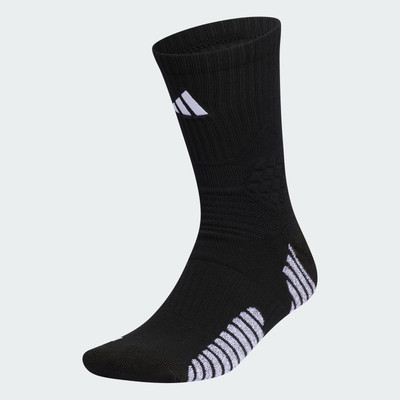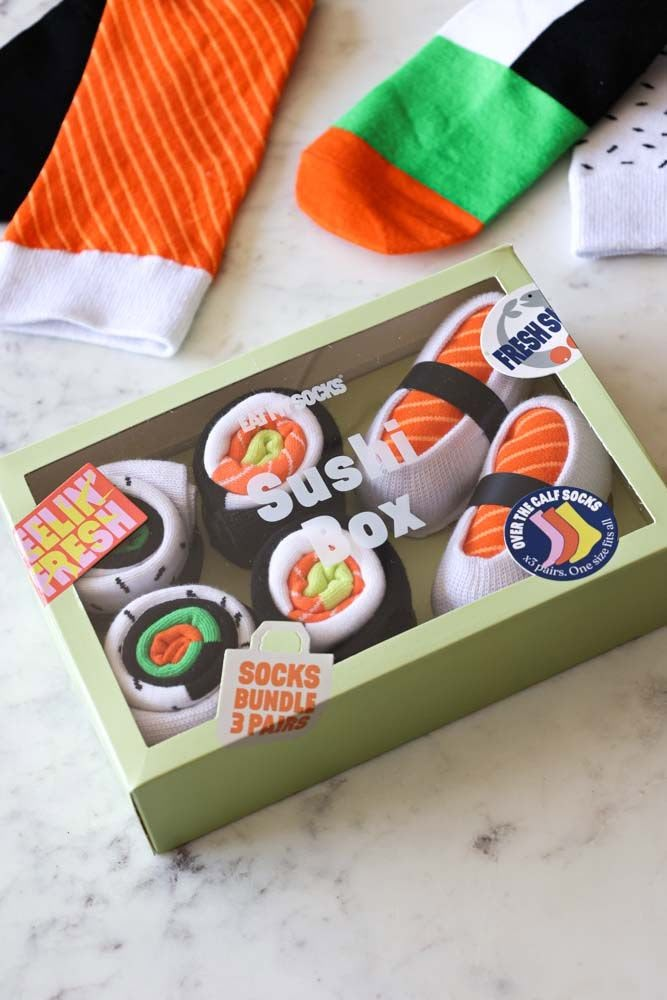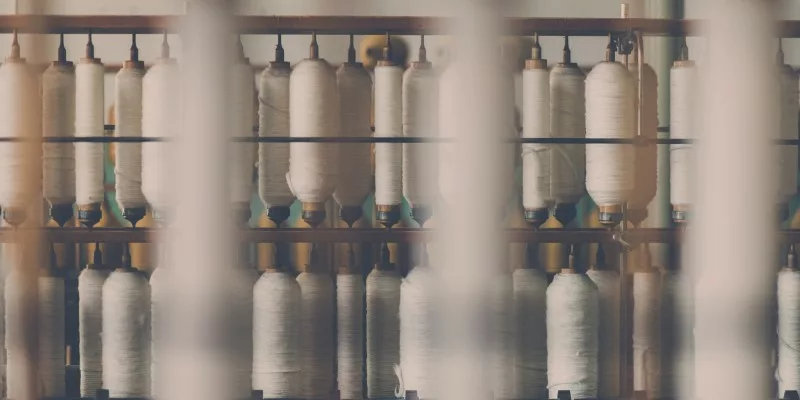3 Common Methods for Recognizing Yarns of Socks

In the dynamic world of the sock industry, recognizing different types of fibers is crucial for manufacturers, sellers, and consumers alike. By employing various methods such as visual inspection, burn tests, and microscopic analysis, individuals can accurately identify the fibers used in socks. This knowledge empowers stakeholders to make informed decisions regarding production, marketing, and purchasing, ensuring high-quality products and customer satisfaction. Join us as we delve into the fascinating realm of fiber recognition in the vibrant sock industry.

Tactile Visual Method:
It involves identifying fibers based on their appearance, color, texture, and stretch. This method can distinguish between natural fibers and synthetic fibers.
For example, natural fibers tend to have uneven lengths, while synthetic fibers are generally more uniform in length. Cotton fibers are short and fine, often with various impurities and defects. Linen fibers have a coarse and stiff texture. Wool fibers are curly and elastic. Silk fibers are long, thin, and have a unique luster. In chemical fibers, there is a significant difference in dry and wet strength for viscose fibers, and spandex (also known as elastane) has high elongation and elasticity.
By utilizing these characteristics, one can differentiate between different types of fibers. However, it can be challenging to distinguish between synthetic fibers based on tactile visual inspection alone, as they often have similar external characteristics that can be artificially modified to some extent.

Burn Test Method:
The burn test is a quick and convenient method for identifying major categories of textile fibers. It involves observing the burning characteristics of fibers to make a rough distinction. The method involves taking a small bundle of unknown fibers, holding it with tweezers, slowly approaching a flame, and observing the fiber’s behavior when close to the flame, in contact with the flame, and when moved away from the flame. The characteristics of the burning state, odor emitted during combustion, and the residue left after burning are observed to make a rough identification of the fiber.
The burn test is only suitable for single-component fibers, yarns, and fabrics. It is difficult to use the burn test for the identification of mixed fibers, yarns, fabrics, as well as flame-retardant or treated fibers and textiles, as their burning characteristics may be altered.
Natural Fibers:
Cotton: Burns quickly, with a steady flame. Leaves behind a soft gray ash.
Linen: Burns slowly, with a steady flame. Produces a lingering odor similar to burning paper. Leaves behind brittle, grayish-white ash.
Animal Fibers:
Wool: Burns slowly, with a weak flame that self-extinguishes. Emits a smell of burning hair or feathers. Leaves behind black, brittle ash.
Synthetic Fibers:
Polyester: Burns rapidly, with a bright flame that melts the fiber. Emits a sweet, chemical odor. Leaves behind hard, dark-colored beads.
Nylon: Burns quickly, with a bright flame that melts the fiber. Emits a smell similar to celery or plastic. Leaves behind hard, light-colored beads.
Acrylic: Burns rapidly, with a hot, rapidly spreading flame. Emits a smell similar to burning paper or chemicals. Leaves behind hard, black, irregular beads.

Microscope Observation Method:
The microscope observation method involves using a regular biological microscope to observe the transverse and longitudinal morphology of unknown fibers for identification purposes. This method is commonly used in fiber identification. Natural fibers have unique morphological characteristics. For example, wool fibers have scales on their surface, cotton fibers have natural twists, linen fibers have nodes and vertical lines, and silk fibers have a triangular cross-section. In contrast, synthetic fibers generally have a circular cross-section. However, other methods need to be applied for further verification.












